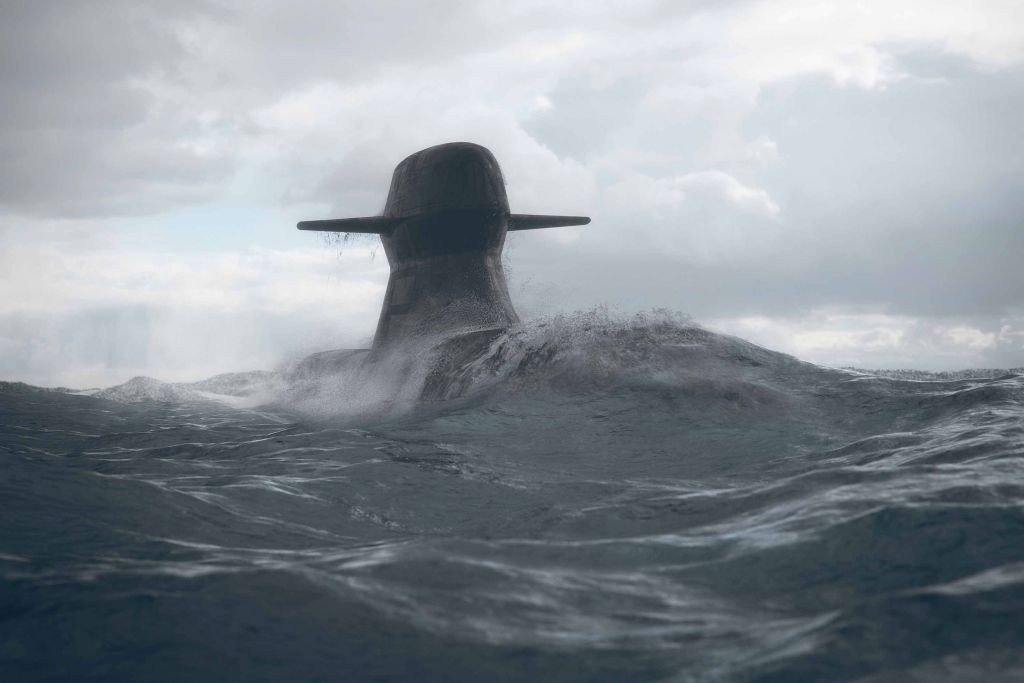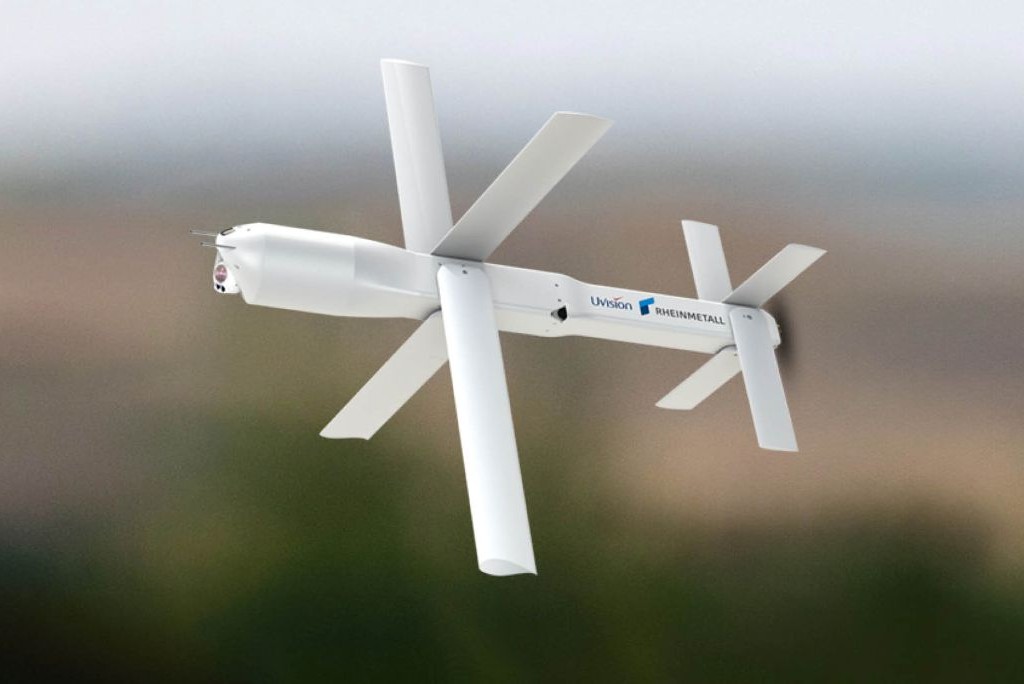Advancements in Russian Turbojet Engine Technology at Dubai Airshow 2025
At the Dubai Airshow 2025, the United Engine Corporation (UEC) unveiled a new series of small turbojet engines (TRJs) and the RH50 turbogenerator, marking significant advancements in Russian aircraft propulsion technology. These innovations, initiated in production in 2024, are designed for integration across a variety of platforms, including unmanned aerial vehicles (UAVs) and small-scale cruise missiles, with future applications anticipated in next-generation aviation systems.
Technical Specifications of Turbojet Engines
The showcased turbojet engines exemplify compact engineering, exhibiting distinct thrust capabilities and operational efficiencies:
-
R1 Small Turbojet Engine
- Dimensions: 520 mm in length, 230 mm in diameter
- Dry Weight: 18 kg
- Maximum Thrust: 150 kgf (1.47 kN)
- Specific Fuel Consumption: 1.2 kg/kgf per hour (122.4 kg/kN per hour)
- Test Between Overhaul (TBO): 100 hours
- Service Life: 300 hours
- Starter-Generator Power: 3 kW, ignited via spark/pyrotechnic methods
-
Compact R40 Turbojet Engine
- Dimensions: 350 mm in length, 152 mm in diameter
- Dry Weight: 4.5 kg
- Maximum Thrust: 40 kgf (0.39 kN)
- Specific Fuel Consumption: 1.2 kg/kgf per hour (122.4 kg/kN per hour)
- TBO: 100 hours
- Service Life: 300 hours
- Starter-Generator Power: 1 kW, ignited by spark/pyrotechnic techniques
-
Compact R500 Turbojet Engine
- Dimensions: 365 mm in length, 197 mm in diameter
- Dry Weight: 7.5 kg
- Maximum Thrust: 70 kgf (0.68 kN)
- Specific Fuel Consumption: 1.1-1.2 kg/kgf per hour (122.4 kg/kN per hour)
- TBO: 20 hours
- Service Life: 100 hours
- Starter-Generator Power: 1.4 kW, utilizing spark/pyrotechnic ignition systems
Overview of the RH50 Turbogenerator
The RH50 turbogenerator represents a critical advancement in energy conversion systems:
- Power Capacity: 50 kW
- Dimensions: 637 x 205 x 225 mm
- Fuel Consumption: 37.8 kg/h
- Operating Voltage: 76 V
- Airflow: 0.62 kg/s
- Compatible Fuels: Kerosene, Jet A, Jet A-1, Jet B
This device efficiently transforms the energy from fuel combustion into mechanical energy, which is subsequently converted into electrical power, further enhancing the capabilities of UAVs and missile systems.
Implications for Russian Defense Manufacturing
The demonstration of these advanced small turbojet engines at an international venue underscores the strides made by Russian aerospace engineering in overcoming import dependencies. The successful design and production of domestically sourced powerplants signify a vital step forward that may enhance the operational autonomy and strategic competitiveness of Russian UAVs on the global stage.
These developments not only reflect an ongoing commitment to innovation in defense technologies but also position Russia favorably in the evolving landscape of aerial warfare capabilities.





